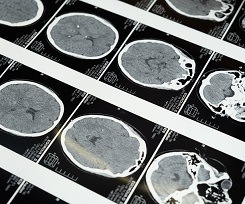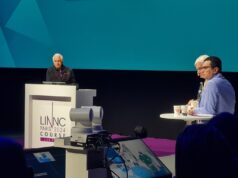 Researchers have explored the therapeutic outcomes of patients with brain arteriovenous malformations (AVMs) in mainland China and produced early findings indicating that microsurgery is the “dominant” strategy for this indication, and treatment protocols based around disease severity are the “ideal approach”.
Researchers have explored the therapeutic outcomes of patients with brain arteriovenous malformations (AVMs) in mainland China and produced early findings indicating that microsurgery is the “dominant” strategy for this indication, and treatment protocols based around disease severity are the “ideal approach”.
Brain AVMs—the abnormal entanglement of arteries and veins in the brain, which disrupts the normal flow of blood—can lead to haemorrhage, seizures and neurological impairment, and ruptured AVMs require timely intervention to prevent fatal consequences.
Despite this, the existing treatment options for ruptured and unruptured AVMs are “ambiguous” and, as such, there is a need to personalise treatment protocols depending on disease severity, according to researchers in China. And, while multiple studies have been conducted to investigate AVMs, its natural history in the Asian population is “poorly understood”.
To this end, a team of researchers led by Xiaolin Chen and Yuanli Zhao (both Beijing Tiantan Hospital, Capital Medical University, Beijing, China) is conducting a nationwide, prospective study—dubbed ‘MATCH’—to investigate common factors affecting the treatment strategies and long-term outcomes of AVMs in the Asian population. The study has been ongoing since August 2011 and is expected to conclude in April 2032.
“We wanted to understand the history of AVMs in mainland China and identify investigative predictors of AVMs in the residing population—an area that has not been studied extensively,” said Chen.
MATCH is a nationwide registry of consecutive AVM patients from 52 hospitals in mainland China. The team initially collected detailed clinical information of enrolled patients diagnosed with AVMs and, based on disease severity, developed a standardised treatment protocol that included interventions like microsurgery, embolisation, stereotactic radiosurgery (SRS), multimodal treatment and ‘conservation’.
Based on the type of treatment received, patients were divided into experimental and control groups. Researchers then examined the efficacy of different treatments on these patient groups, and assessed them for neurological indications and medication after three months, and one, two and three years.
As of April 2021, 3,241 patients with AVMs were enrolled as part of the MATCH study. Some 59% were male, with the median age being 28.4 years. A “significant number” of these patients had a history of AVM rupture and haemorrhagic incidents, with median Spetzler-Martin and Lawton-Young grades of 3 and 5, respectively.
Microsurgery was the most popular single treatment choice overall (35.7%), the researchers have since reported, while similar proportions of embolisation (12.7%), SRS (14.8%), and a combination of both (11.8%), were observed. A combination of SRS and embolisation was the most popular choice among all multidisciplinary treatment options.
Responses to these treatments were “promising”, with 79.4% of patients completing their three-year follow-up assessments. According to the research team, these findings indicate that categorising treatment strategies for AVMs based on disease severity is an ideal approach.
“Our study will explore the superiority of multidisciplinary comprehensive assessments, [and] promote the formulation of individualised treatment protocols and precision medicine in the management of AVMs in the coming years,” Chen added.
The latest findings from the MATCH study were published in the Chinese Neurosurgical Journal in October 2022.












